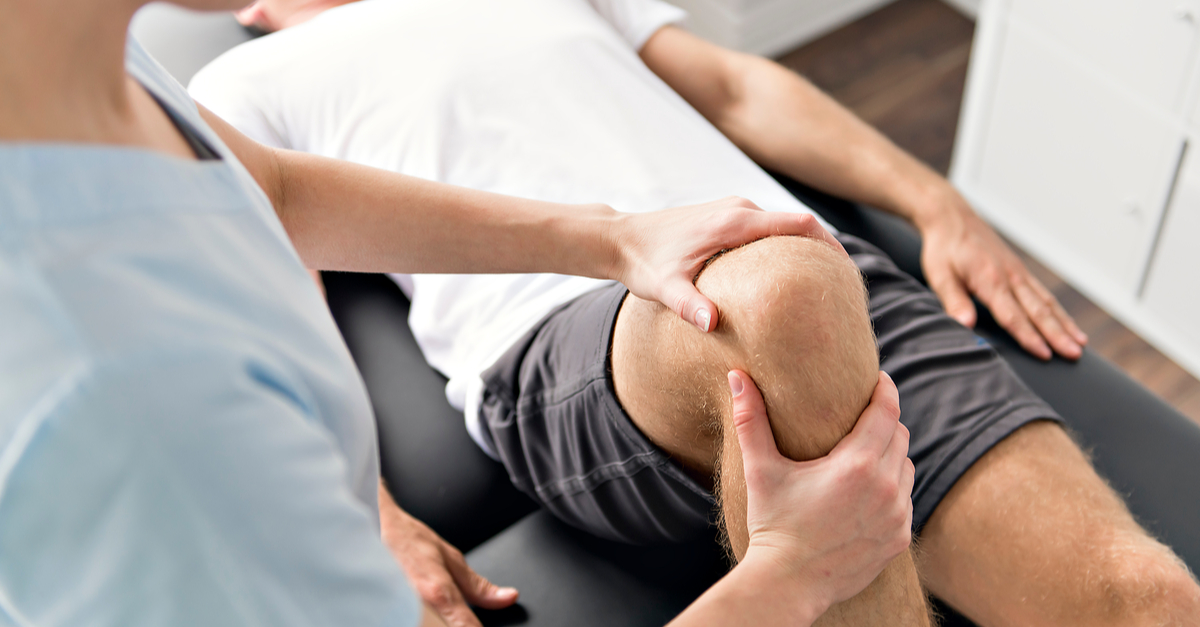In the U.S., more than 700,000 people undergo total knee replacement surgery each year. This number is expected to rise to over 1 million by the year 2030. Success rates for knee replacement surgery are high. Almost 90% of people report less pain and improved function. Post-surgical rehabilitation is considered an integral part of the recovery process.
Rehab following surgery can make or break your long-term outcome. With proper physical therapy, expect to perform most activities of daily living within 6 weeks. Expect to begin driving within 3 to 6 weeks, depending on which leg is operated on. Most people take 6 months to a year to fully recover. However, research suggests that pre-surgical physical therapy can expedite your recovery.
Preoperative Exercise Proven to Help Recovery After Knee Replacement
In 2017, researchers in Spain investigated the effects of intensive strength training before knee replacement surgery. One group of patients performed the exercise program and another group did not. The exercise program was performed 3 days per week for 8 weeks and supervised by a physical therapist.
The outcome following surgery favored the group of patients who performed the exercise program. Hospital stay was significantly shorter in those who performed preoperative exercise. Pain levels were lower in those who exercised. Also, these patients recovered greater strength, range of motion, and function 3 months after surgery.
Prior to knee replacement surgery, you should focus on 3 goals. The first goal is to restore as much knee range of motion as possible. It is especially important to have a fully straight knee to walk normally. The second goal is to maximize the strength of your quadriceps muscle. This muscle is responsible for walking, climbing stairs, and getting up from a chair. Your quadriceps muscle becomes very weak immediately after surgery. The third goal is to normalize your walking pattern.
The following 5 videos include exercises that we commonly prescribe before knee replacement surgery.
Quadriceps Isometrics
This exercise can minimize quadriceps muscle loss following your surgery. It also helps restore full knee straightening. Begin with your knee extended with a small towel roll placed under your heel. Push the back of your knee down towards the floor while simultaneously tightening the front of your thigh. Hold the contraction for 10 seconds and perform 10 repetitions.
Knee Extension Stretch
This exercise also helps restore full knee straightening. Again, this is imperative to walk normally. Begin with your knee extended with a small towel roll placed under your heel. Place a long towel, belt, or stretch-out strap around your foot. Gently pull your toes towards your shin while keeping your knee straight. Hold the stretch for 10 seconds and perform 10 repetitions.
Heel Slides
The heel slide helps restore full knee bending. This is important to sit comfortably and climb stairs. Begin with your knee extended with a long towel, belt, or stretch-out strap around your foot. Gently slide your heel towards your hip until a mild stretch is felt in your knee. Hold the stretch for 10 seconds and perform 10 repetitions. The more your knee bends before surgery, the easier it will be to regain range of motion after surgery.
Sit to Stand
This exercise involves an activity that older adults perform frequently in their daily lives. The ability to transfer from a chair without the assistance of your hands has been linked to fall risk in older adults. It can be easily performed in the physical therapy clinic, any community exercise studio, or in your home. Progress the exercise by lowering the height of the chair or by holding weighted objects such as a medicine ball or kettlebell.
Single Leg Balance
The ability to balance on one leg is important for walking normally and negotiating a step or curb. Use the assistance of a chair or a counter if needed. As you improve, progress away from using assistance. Aim for at least 10 seconds on each side. Start with 5 to 10 repetitions each day.
Get Help with Pre-Surgery Physical Therapy Before Knee Replacement
Preoperative physical therapy reduces your pain and results in a faster recovery from total knee replacement surgery. The preoperative exercise program should be individualized based on your needs and goals. Meet with your physical therapist to determine the exercises that are best for you to perform before your surgery. Call us if you have questions about getting started.


